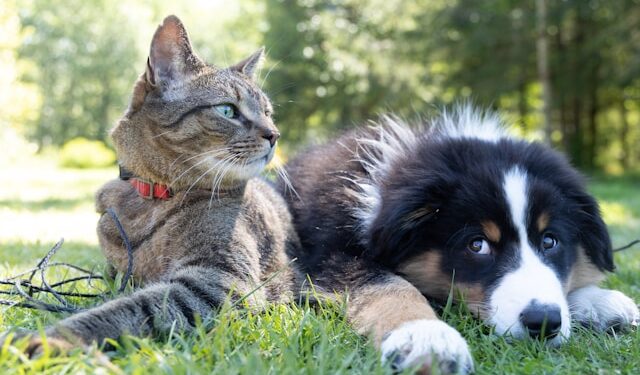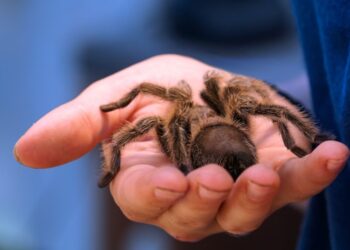Many people love the idea of having a pet but struggle to find the time for daily care. Whether you’re a busy professional, student, or someone with a hectic schedule, having a pet that requires minimal effort can be a great way to enjoy companionship without feeling overwhelmed. Choosing the right low-maintenance pet can provide joy without adding stress to your daily routine.
Factors to Consider When Choosing a Low-Maintenance Pet
Before getting a pet, it’s essential to consider a few factors:
- Space Requirements – Some pets need large enclosures, while others can thrive in smaller spaces.
- Feeding and Cleaning Needs – How often the pet needs to be fed and how frequently their habitat requires cleaning.
- Level of Interaction Required – Some pets are independent, while others need daily socialization.
- Lifespan and Commitment – It’s important to choose a pet with a care level and lifespan that fits your lifestyle.
Best Low-Maintenance Pets
Fish (Betta Fish, Goldfish, Guppies)
Fish are some of the easiest pets to care for. A small tank with a filter and occasional water changes is usually all that’s needed. Betta fish, goldfish, and guppies are great choices for those looking for an easy, low-care pet.
Cats
Cats are independent animals that groom themselves and don’t require constant attention. They use a litter box, making them much easier to care for compared to dogs. With regular feeding and occasional playtime, cats can be ideal for people with busy schedules.
Small Rodents (Hamsters, Guinea Pigs, Gerbils)
Small rodents are great pets for those looking for minimal care. They need a small enclosure, fresh bedding, and basic food. Hamsters and gerbils require little handling, while guinea pigs are social and enjoy interaction but don’t demand constant attention.
Reptiles (Leopard Geckos, Turtles, Snakes)
Reptiles like leopard geckos, turtles, and snakes require minimal feeding and habitat maintenance. Most reptiles eat a few times a week, and their enclosures only need occasional cleaning. They are fascinating pets that don’t require frequent handling.
Birds (Finches, Canaries, Budgies)
Birds like finches and canaries are low-maintenance and don’t require much interaction. Cleaning the cage and providing fresh food and water daily is the primary care they need. Budgies are slightly more interactive but still easy to manage.
Rabbits
Rabbits are relatively independent and can be litter-trained, making them easier to care for than many people assume. They need a proper diet, occasional grooming, and a safe space to move around. With the right setup, rabbits can be a low-effort but rewarding pet.
Insects & Exotic Pets (Tarantulas, Hermit Crabs, Stick Insects)
For those looking for truly minimal care pets, tarantulas, hermit crabs, and stick insects are excellent choices. They require small enclosures, infrequent feeding, and little to no interaction, making them one of the lowest-maintenance pet options.
Tips for Caring for a Low-Maintenance Pet
- Automate Feeding and Cleaning – Use timed feeders and self-cleaning enclosures where possible.
- Choose the Right Pet for Your Lifestyle – Consider how much time you can realistically dedicate to care.
- Ensure Occasional Vet Check-Ups – Even low-maintenance pets need occasional health assessments to stay in good condition.
Conclusion
Finding the right low-maintenance pet can bring joy without adding extra stress to a busy schedule. Whether it’s a fish, a cat, a small rodent, or a reptile, there are plenty of options that require minimal care. Choosing a pet that fits your lifestyle ensures a rewarding and enjoyable experience. If you’re looking for a companion without a demanding commitment, one of these pets might be perfect for you.





